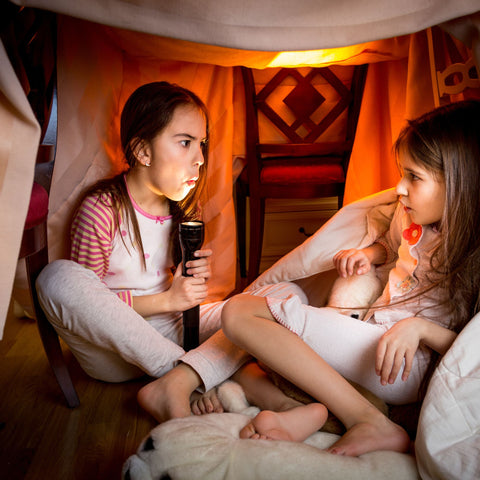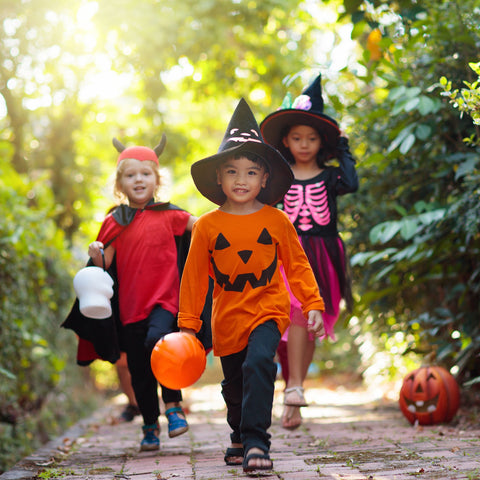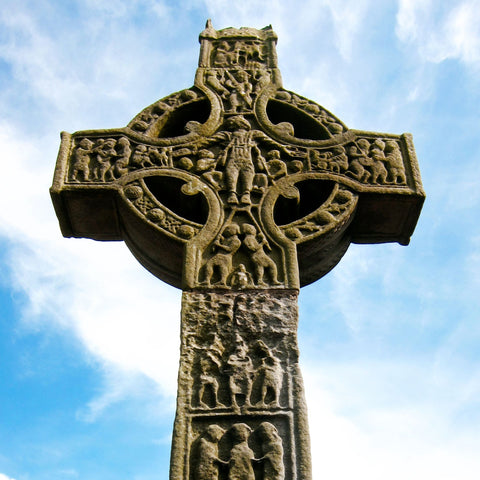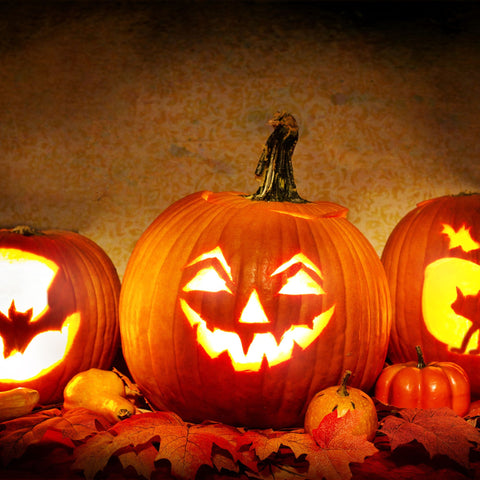
8 Budget-Friendly Ideas for Halloween : Spooky savings guaranteed
Share
🎃 #1 Pumpkin Perfection on a Budget

🎃 #2 DIY Costumes for Less
🎃 #3 Spine-Chilling Escape Room Adventure

🎃 #4 Budget-Friendly Movie Magic
🎃 #5 Hauntingly Good Storytelling

🎃 #6 Sweets without the Spooky Price Tag
🎃 #7 Thrifty Trick-or-Treating

🎃 #8 Halloween on a Penny Costume Contest
Turn costume creation into a friendly competition with your family. Everyone can showcase their imaginative and budget-friendly costumes, with small prizes for creativity. This encourages resourcefulness and frugality while still having a spooktacular time.
🎃 The Origins of Halloween
Halloween, with its carved pumpkins, costumes, and spooky tales, is a beloved holiday celebrated by people around the world. But have you ever wondered about the origins of this eerie and enchanting celebration? In this blog post, we'll embark on a journey through time to explore the rich history and fascinating traditions that have shaped Halloween into the bewitching holiday we know today.
Halloween's roots trace back to ancient Celtic traditions, particularly the festival known as Samhain (pronounced "sow-in"). Samhain marked the end of the harvest season and the beginning of the darker half of the year. It was believed that during this time, the boundary between the living and the dead grew thin, allowing spirits to walk the Earth. To ward off malevolent spirits and honor their ancestors, the Celts lit bonfires, wore costumes made of animal hides, and left offerings of food and drink.
With the spread of Christianity, the Church sought to replace pagan festivals with Christian ones. In the 7th century, Pope Boniface IV declared November 1st as All Saints' Day (or All Hallows' Day), a day to honor all saints and martyrs. The night before, October 31st, became known as All Hallows' Eve, eventually morphing into Halloween.

🎃 The traditions of Halloween
Jack-o'-Lanterns and Pumpkin Carving
One of Halloween's most iconic traditions, carving pumpkins into jack-o'-lanterns, has a spooky origin of its own. Originally, the Irish carved turnips and potatoes and placed them outside their homes to scare away evil spirits. When Irish immigrants brought this tradition to America, they discovered that pumpkins were more readily available and easier to carve. The practice evolved into the vibrant pumpkin artistry we see today.
Trick-or-Treating
The practice of trick-or-treating has its roots in the medieval European custom of "souling." On All Souls' Day, poor individuals, often children, would go door-to-door, offering prayers for the deceased in exchange for soul cakes. Over time, this tradition evolved into the modern-day custom of children dressing in costumes and collecting candy from neighbors.
Costumes and Disguises
The idea of wearing costumes on Halloween has ancient origins, as it was believed that disguising oneself would protect against malevolent spirits. Today, dressing up in spooky, humorous, or creative costumes is a cherished part of Halloween, allowing people of all ages to embrace their imagination and creativity.
Halloween is a captivating holiday that weaves together centuries of history, folklore, and traditions. From its Celtic roots to the Christian influence and the evolution of jack-o'-lanterns, trick-or-treating, and costumes, Halloween has transformed into a celebration that combines the spooky and the whimsical. It's a time to embrace the magic of the season, connect with our ancestors, and indulge in playful scares. As you prepare for this year's festivities, take a moment to appreciate the rich tapestry of history and traditions that make Halloween the enchanting holiday it is today. Happy Halloween!

